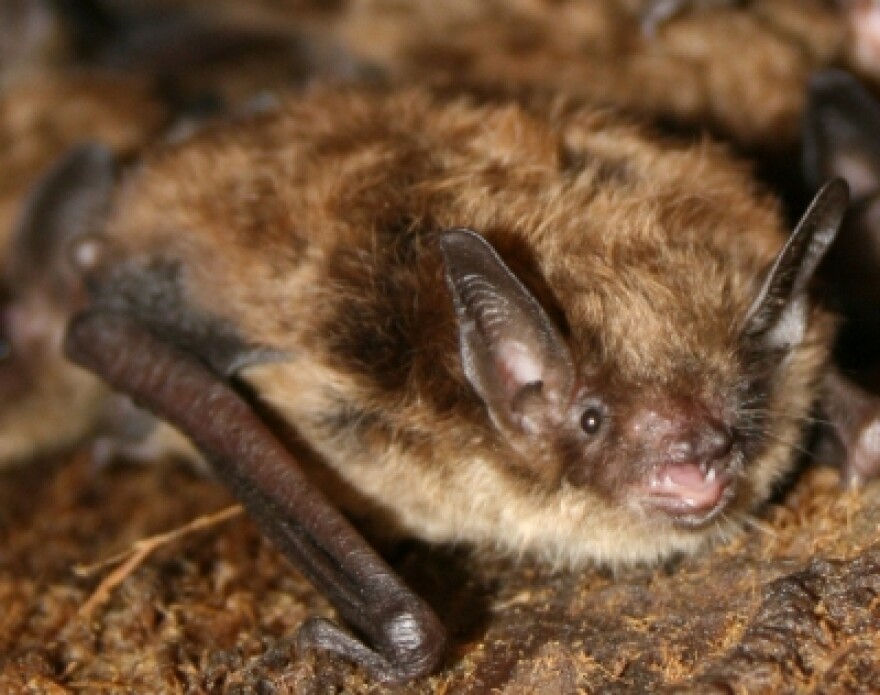As part of the 52 Weeks of Public Health campaign, the Kentucky Department for Public Health (DPH), within the Cabinet for Health and Family Services (CHFS), along with local health departments across the state, is reminding the public about the potential for rabies exposure from contact with infected wildlife.
Wildlife rabies cases, primarily in bats, raccoons, skunks and foxes, have been identified in the U.S., and these result in human and animal exposures requiring thousands of human rabies post-exposure treatments and animal euthanasia or quarantines.
“Rabies is relatively rare in the U.S., but a dangerous, and often life-threatening condition, if contracted,” said Kelly Giesbrecht, state veterinarian with DPH. “We want to highlight the importance of rabies prevention and control efforts in our communities, while also reminding Kentuckians of the existing dangers of coming into contact with rabid wildlife. They should not be handled or treated as pets to avoid possible rabies exposure.”
Rabies, a viral disease of humans, pets and wild animals, is transmitted from animals to humans by the saliva of a rabid animal, usually from a bite. State law requires that all dogs, cats and ferrets maintain a current rabies vaccination. In Kentucky, there have been no human rabies cases from exposure to a rabid dog since dog vaccination became required by law in 1954.
“We want the public to understand that rabies is still a serious public health concern, and we need to do everything we can to prevent it,” said Dr. Giesbrecht. “It is extremely important that we vaccinate all dogs, cats and ferrets in order to maintain this invisible barrier between rabid wildlife and humans.”
Contact bites from bats are the most common source of rabies exposure to humans in the United States. To minimize the risk for contracting rabies, it is best never to handle any bat. To prevent bats from entering your home, carefully examine your home for holes that might allow bats to enter the residence. Any openings larger than a quarter-inch by a half-inch could allow for bat entry. These openings should be blocked either with stainless steel wool or caulking in the fall or winter so you do not unintentionally trap bats within your home.
Common ways for bats to enter homes include down the chimney, through openings around the chimney, through vents, through openings behind shutters, under doors, under siding, under eaves and under shingles.
There is no known medical cure for rabies once clinical symptoms are present. Symptoms include strange sensations at the site of the bite from a rabid animal, hallucinations and fear of water, all of which are quickly followed by death.
It is estimated that more than 59,000 people around the world die from rabies each year. Worldwide, more people die from rabies than from polio, diphtheria and yellow fever combined.
The Cabinet for Health and Family Services is home to most of the state's human services and health care programs, including Medicaid, the Department for Community Based Services and the Department for Public Health. CHFS is one of the largest agencies in state government, with nearly 8,000 full and part-time employees throughout the Commonwealth focused on improving the lives and health of Kentuckians.
(story provided by Kentucky Cabinet for Health and Family Services)




